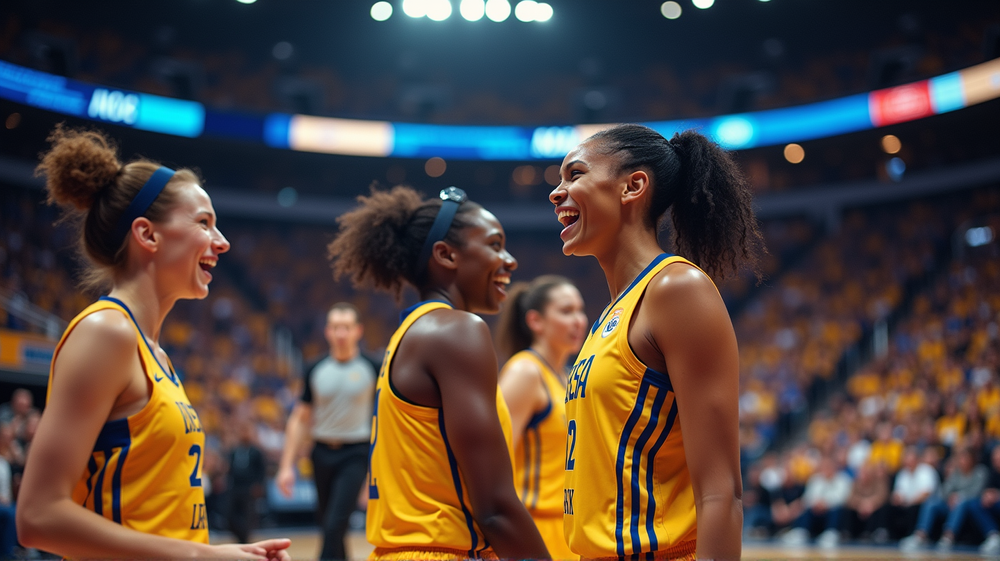The sports world is abuzz with anticipation for the upcoming resolution of the House v. NCAA case, a pivotal settlement set to reshape college athletics. With Judge Claudia Ann Wilken’s final approval expected imminently, the dialogue around paying college athletes intensifies, signaling the end of an era and the emergence of a new one, where athletes will receive direct payments from their universities.
Groundbreaking Deals and Major Ramifications
Central to this landmark settlement is the introduction of a revenue-sharing model, initially infusing around \(20 million annually to student-athletes. Additionally, a staggering \)2.8 billion allocation is pledged for former Division I college athletes who played between 2016 and 2024. As stated in CNBC, this monumental shift prompts questions about oversight, with the newly formed College Sports Commission taking the reins from the NCAA to ensure compliance and address loophole exploitation by institutions striving for competitive advantages.
Adrian Wojnarowski’s Insight On The Record
In an engaging discussion with Adrian Wojnarowski, a former ESPN NBA insider and now the General Manager for St. Bonaventure University men’s basketball, CNBC Sport delves into the implications for mid-market Division I schools. “We’ve got to be able to get high-major players for mid-major money,” Wojnarowski remarked, reflecting on the strategic shifts needed for schools to cope with the evolving landscape while maintaining competitive edge.
Unease Over Altered Dynamics And Potential Upsets
The potential eroding of March Madness’s enchantment worries sports enthusiasts. The balance of power arguably skews towards dominant conferences, with the NCAA’s unpredictability at stake. Woj echoes this sentiment, suggesting that the pressure exerted by the Power Four major conferences could dramatically alter the dynamics of college sports, risking the end of famed underdog triumphs that were once the heart of these tournaments.
Sports’ Place Amid the Podcast and Streaming Revolution
The discussion expands beyond college sports, touching on YouTube’s latest podcast rankings. Despite sports dominating traditional television, their representation in podcasts is scant. The transient nature of sports content in the on-demand podcast space surfaces as a potential challenge for networks like ESPN aiming to adapt to this evolving media ecosystem. With ESPN’s upcoming all-access streaming service, the expansion into broader, sports-adjacent content may be essential to sustain subscriber interest.
Concluding Thoughts
As we stand at this crossroads, the sports world eagerly anticipates the ripple effects of the House v. NCAA settlement. This transformation might just redefine the spirit of college sports, compelling stakeholders to navigate this new reality with both excitement and caution. Stay tuned for further updates as these changes unfold.













